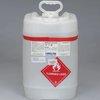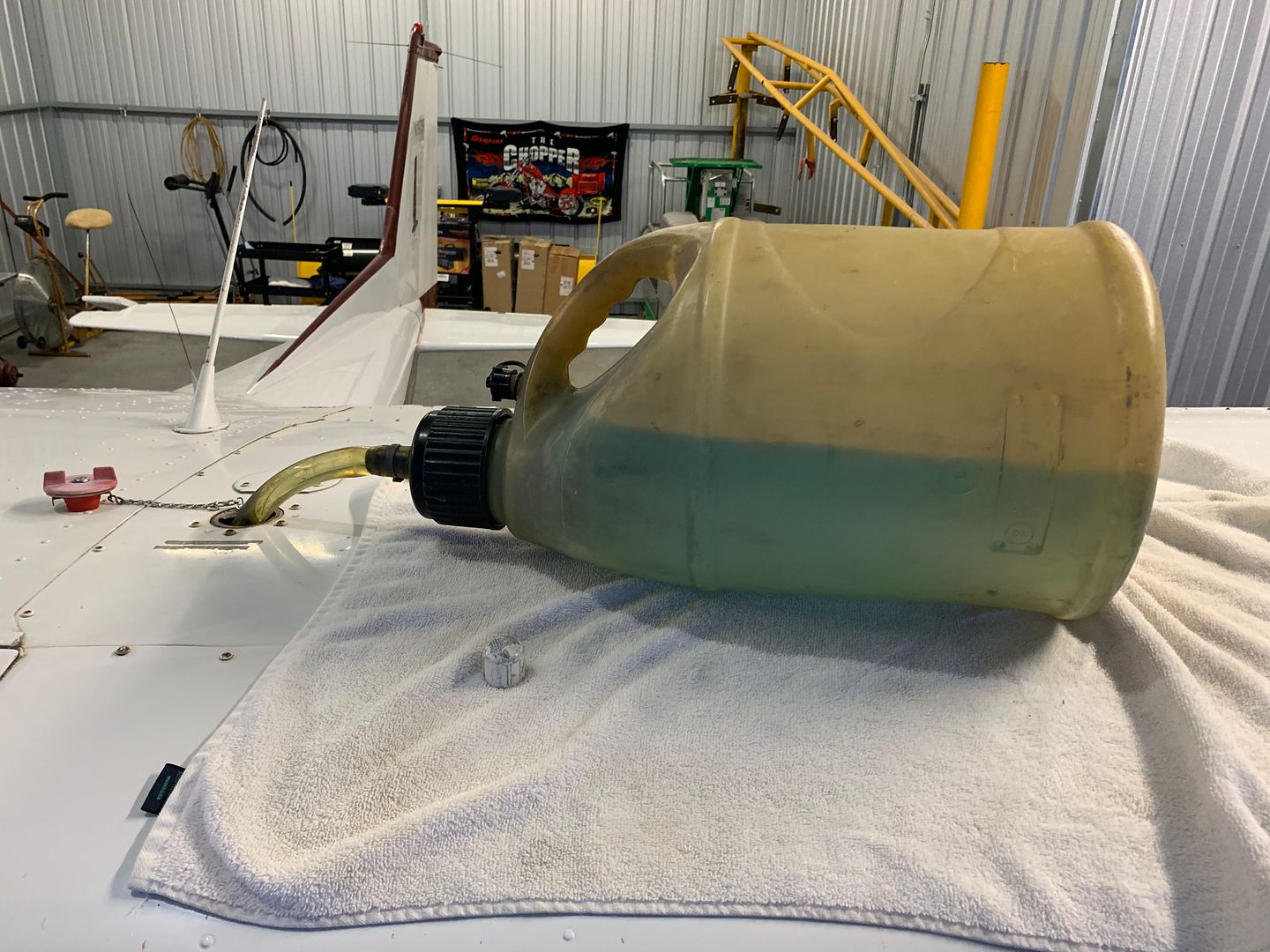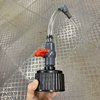Capt. Geoffrey Thorpe
Touchdown! Greaser!
- Joined
- Jun 7, 2008
- Messages
- 15,622
- Location
- DXO124009
- Display Name
Display name:
Light and Sporty Guy
There's a static risk pouring fuel PERIOD. This is why draining fuel even into metal drain pans is problematic. The thing about metal cans however is that it's easier to mitigate the problem (but that doesn't mean they aren't there). Metal cans are easier to work around, but can be as dangerous if you don't do it right.








